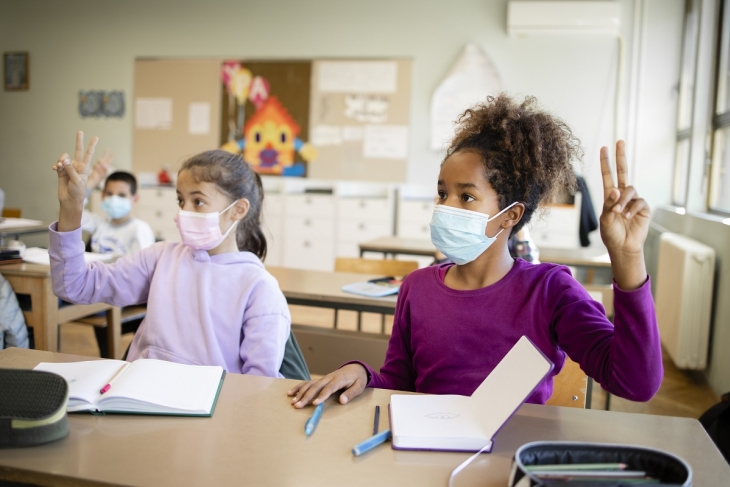Helping students catch up from more than two years of school-closure-related learning loss will be an impossible task if they do not have regular access to grade-level work in their classrooms. While this may seem like a no-brainer, a new report from TNTP indicates that many of our neediest students may be missing out on this crucial opportunity.
TNTP partnered with ReadWorks, a free digital literacy resource used by more than 75,000 schools nationwide, to analyze how teachers were using the platform. Data in this analysis came from the 2018–19 to 2020–21 school years and included more than three million students in over 150,000 classrooms. ReadWorks offers K–12 teachers curated nonfiction passages they can assign to students as supplemental reading practice that can increase background knowledge and improve vocabulary across subjects. Each passage is accompanied by a text-dependent question set that provides practice in inferring, monitoring and clarifying, and questioning. Grade-level appropriateness is determined using qualitative and quantitative analyses of text complexity, and texts are aligned to Common Core State Standards. While the platform encourages teachers to assign grade-level passages to students, the choice is ultimately left up to teachers.
Overall, students working on the ReadWorks platform spent about one-third of their time engaging with below-grade-level texts and question sets, and teachers assigned 5 percentage points more below-grade-level content after pandemic disruptions than before. Students in schools serving more low-income students were assigned the most below-grade-level work. They spent about 65 percent more time on below-grade-level texts and question sets than did their peers in the most affluent schools. And while students overall were just as successful on grade-level work as they were on below-grade-level work, low-income students were given less access to grade-level work even after they had already shown they could master it. The TNTP analysts state, starkly, that “there seems to be nothing many students in high-poverty schools can do to ‘earn’ access to the grade-level work they need to be successful.”
It is important to note that this is supplemental work for students and the report should not be misinterpreted to be an analysis of what may or may not be going on in their actual classrooms. But pre-pandemic research already showed a troubling dearth of grade-level work for many of our neediest students, and poor pandemic era student achievement data clearly suggest that old patterns have persisted—and worsened.
The TNTP analysts are heartened to see that successful performance on grade-level work seems achievable for students—if only they could access it. Thus, they conclude with recommendations focused largely on school culture: Teachers and school leaders must give students as much high-quality grade-level work as possible, be well-prepared to support them in persisting and achieving, and must believe that their students will rise to the challenge.
SOURCE: “Unlocking Acceleration: How Below Grade-Level Work is Holding Students Back in Literacy,” TNTP and ReadWorks (August 2022).


